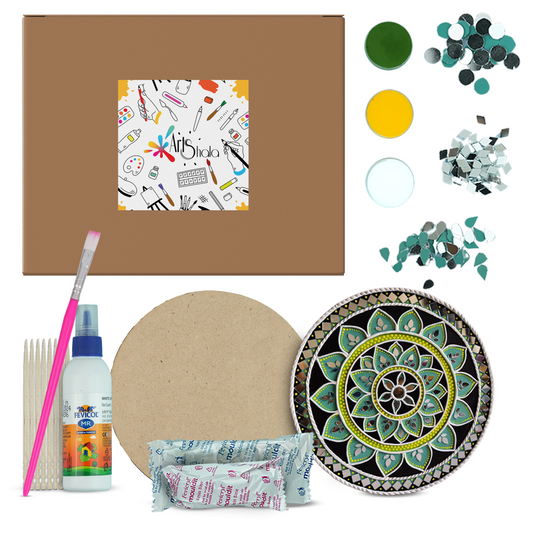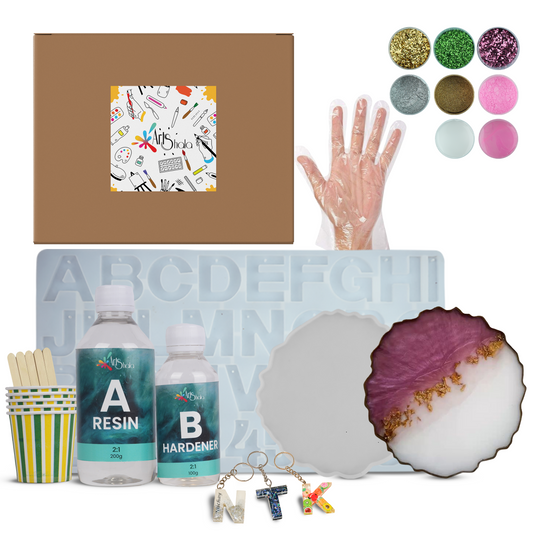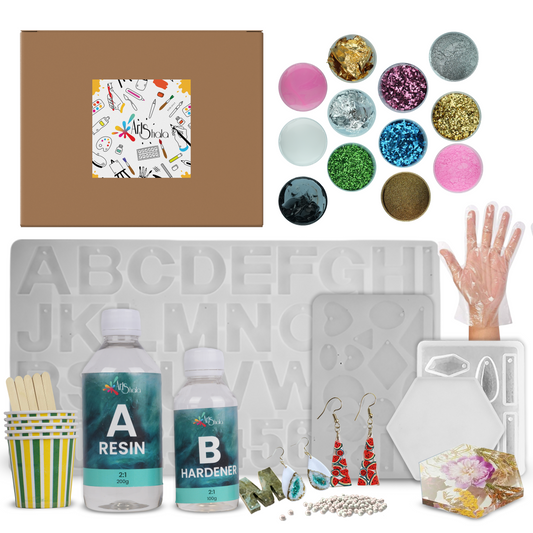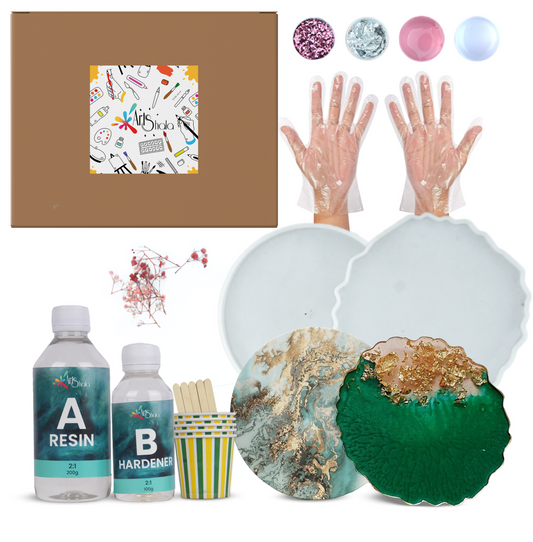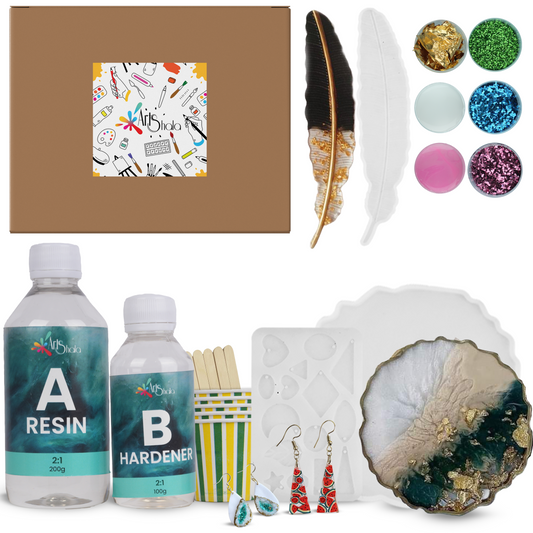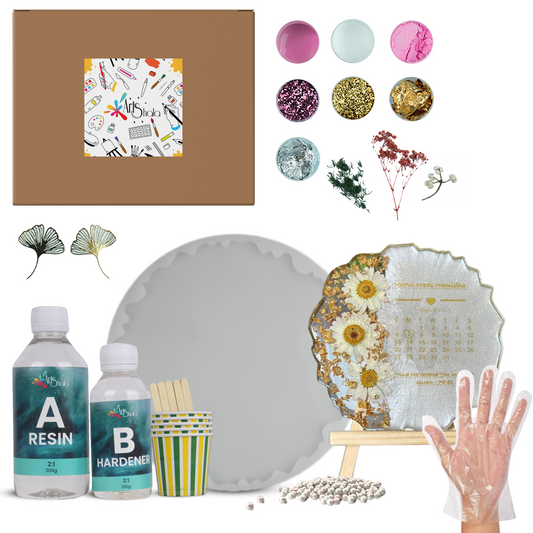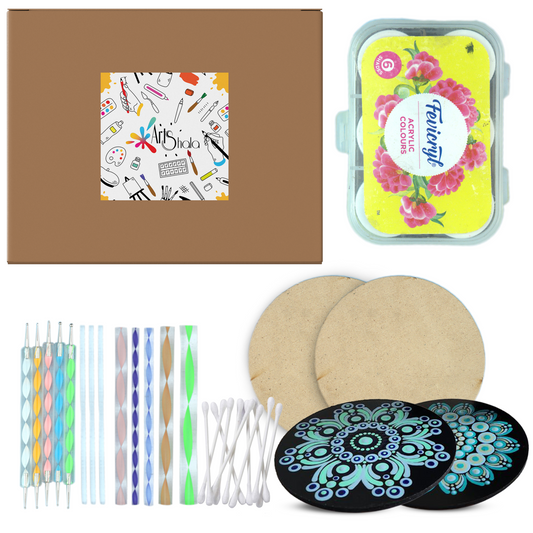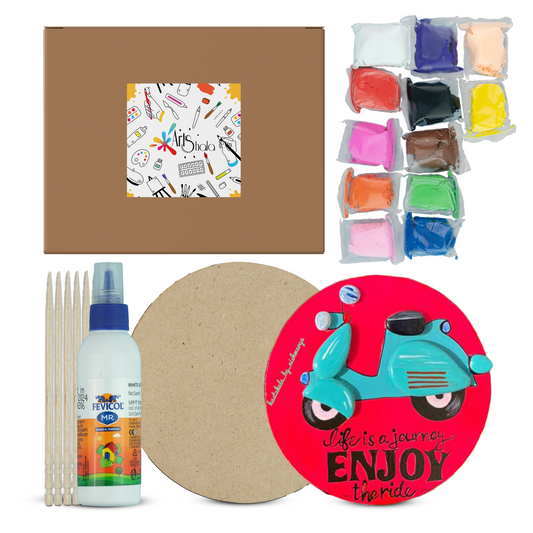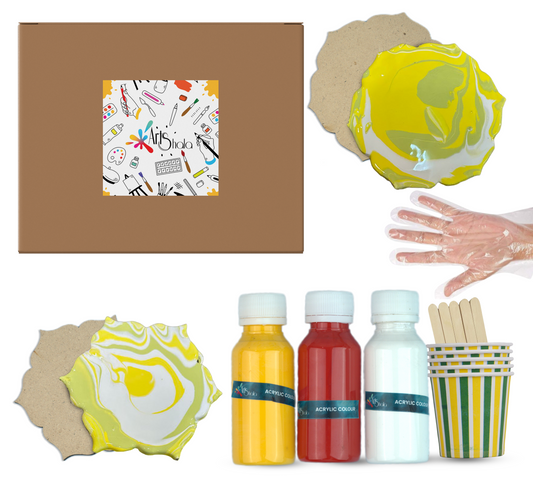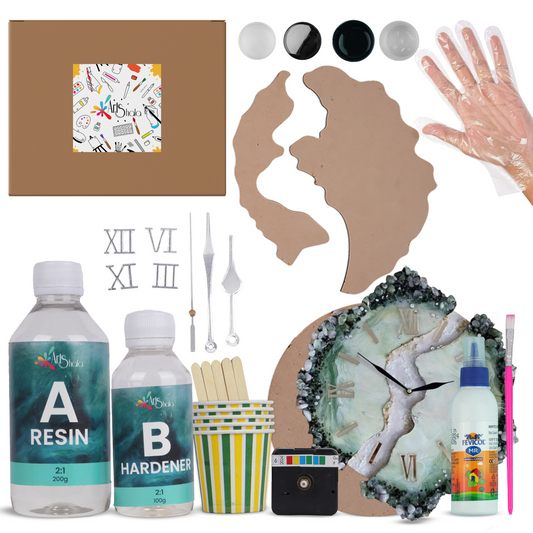Why Acrylic Painting Is So Challenging for Beginners?
Acrylic painting is a famous medium for artists of all skill levels, from complete beginners to seasoned professionals. However, many aspiring painters find it quite challenging, especially when they are just starting out. In this blog post, we'll explore some key reasons why acrylic painting can be so difficult for beginners and offer tips to help overcome these challenges. To learn more about such techniques, enrol in an acrylic painting workshop.
Reasons Why Acrylic Painting is So Challenging!
Drying Time
One of the most notable characteristics of acrylic paint is its fast drying time. Acrylics are water-based paints that dry quickly when exposed to air, often within minutes. This rapid drying can be both a blessing and a curse for painters. On the one hand, it allows artists to layer colours and build up textures efficiently. However, it also means that beginners need more time to blend colours or make adjustments once the paint is applied to the canvas.
Trying to work wet-on-wet with acrylics is challenging, as the paint will dry before you can smooth out brush strokes or mix colours on the palette. This can lead to frustration as beginners need help to achieve the smooth, blended effects they may have seen in oil paintings or watercolours.
Opacity and Coverage
Another factor that makes acrylics tricky for beginners is their opacity and coverage. Acrylic paint is known for being highly pigmented and opaque, which means that a single layer of paint can often cover up what's underneath. This can be both a blessing and a curse.
On the positive side, acrylics' opacity allows beginners to cover up mistakes or unwanted areas with a new layer of paint. However, this also means that beginners must be cautious about how much paint they apply to the canvas. Too much colour can lead to a thick, gloppy texture, while too little may result in uneven coverage or transparency.
Additionally, acrylics' opacity can make it challenging to achieve particular effects, such as glazing or scumbling, which are techniques commonly used in oil painting. Beginners may need help finding the right consistency and application method to achieve these effects with acrylics.
Brush Strokes and Texture
Acrylic paint has a unique texture that can be both a blessing and a curse for beginners. Its creamy, smooth consistency allows for easy application and blending. However, this texture can also make it challenging to create specific brush stroke effects or to maintain a consistent texture across the painting.
Beginners may need help controlling the amount of paint on their brushes or achieving the desired thickness of the paint layer. This can lead to uneven coverage, visible brush strokes, or an overly textured surface.
Additionally, acrylics' fast drying time means beginners must work quickly to maintain a wet edge and avoid creating hard, defined brush strokes. This can be especially challenging for those new to painting and may need to develop the necessary hand-eye coordination or painting techniques.
Mixing Colours
Colour mixing is a fundamental skill in painting, and it can be pretty challenging when working with acrylics. The opacity and fast drying time of acrylics can make it difficult to achieve precise colour mixes or to blend colours smoothly on the palette.
Beginners may need help to mix the exact colour they have in mind or to achieve the desired tone or hue. This can lead to frustration and uncertainty about how to approach colour mixing with acrylics.
Additionally, the way colours interact with each other on the canvas can be different from how they appear on the palette. Beginners may need to experiment with layering or complementary colours to achieve the desired effect.
Tips for Overcoming Acrylic Painting Challenges
Control the Drying Time
One of the most effective ways to manage acrylics' fast drying time is to use slow-drying mediums or additives. Products like acrylic retarders can be mixed with paint to extend the drying time, allowing for better blending and layering. Additionally, working in a humid environment or using a palette with a wet sponge can help keep the paint moist for longer.
Layering Techniques
Learning to layer effectively is crucial when working with acrylics. Since acrylics dry quickly, you can apply multiple layers without waiting long. Start with a thin base layer and gradually build up to thicker layers. This technique not only allows for more control over the final appearance but also helps in correcting mistakes. If you make an error, simply paint over it with a new layer.
Experiment with Brush Types and Techniques
Different brushes can produce vastly different effects. For beginners, it’s beneficial to experiment with various brush types—flat, round, filbert, and fan brushes—to see how they affect the texture and appearance of the paint. Additionally, try different techniques such as dry brushing, stippling, or palette knives to create unique textures and effects.
Practice Colour Mixing
Understanding colour theory is essential for any painter. Practice colour mixing on a separate palette before applying it to your canvas. Keep a colour wheel handy, and experiment with mixing primary colours to make secondary and tertiary colours. Additionally, try to mix colours in small batches to avoid waste and to ensure consistency in your palette.
Use Reference Images
When starting, it can be helpful to use reference images. Whether you’re painting landscapes, portraits, or still lifes, having a visual guide can help you understand proportions, colours, and composition. You can begin to paint from imagination or memory as you gain confidence.
Embrace Mistakes
Every artist makes mistakes; it’s a natural learning process. Instead of viewing mistakes as failures, see them as opportunities to learn and grow. Acrylic paint is forgiving; you can paint over areas that don’t work out. Embracing this aspect of acrylics can alleviate some of the pressure beginners feel and encourage experimentation.
Conclusion
Acrylic painting can be a challenging medium for beginners due to its fast drying time, opacity, brush stroke characteristics, and colour-mixing properties. However, with practice and persistence, these challenges can be overcome. Beginners should experiment with different techniques, such as using mediums to slow drying time or applying paint in thin layers, and should be bold and bold and try new approaches.
It's also essential for beginners to be patient with themselves and to remember that painting is a skill that needs time and dedication to develop. Contact Us to learn more about this art form or visit Arts Shala’s website.



